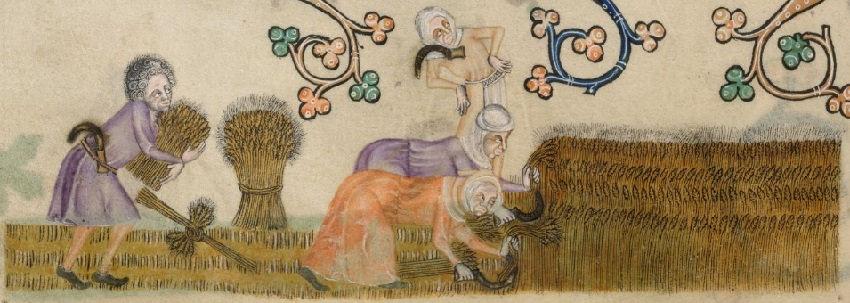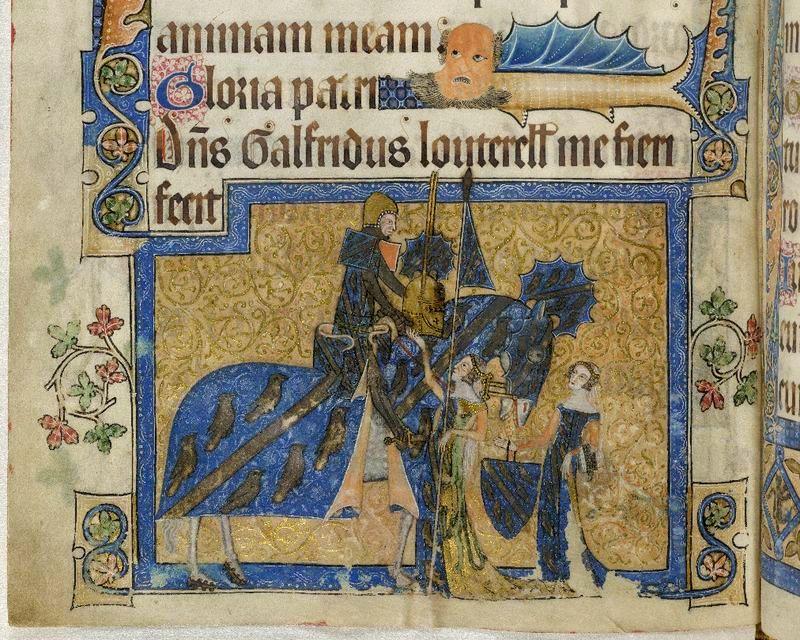The Little Lion – Edward III’s England, 1327-1347

England in 1327 was at a low ebb: defeated in war by the Scots, still recovering from a period of devastating famine and agrarian crisis, and consumed by political infighting that had brought down its king. Twenty years later, the English were regarded by Petrarch as a ‘fiercely warmongering people’, whose ‘unexpected success’ had ‘subjected the entire kingdom of France to steel and fire.’ The Little Lion examines this transformation by charting the political, diplomatic, economic and social structures that characterized England in this period, and showing how developments in each of these areas helped to create the circumstances for English success in the opening phases of what became the Hundred Years’ War. The aim of the paper is not simply to chart those military successes, but rather to take a crucial and eventful twenty-year period and use it to explore the complex interactions between politics and economy that characterized the era.
We will provide a narrative of political events from the downfall of Edward II in 1327 to the successful siege of Calais in 1347 but this narrative will be enriched by complimentary classes on different aspects of the English economy, climate, parliament, law and order, diplomacy and the church. These will help to provide a fuller picture of England and its neighbours at a time of war, climate change and on the eve of the global pandemic of the Black Death.

The focus is on allowing students to gain a richly detailed grasp of the period by working upwards from the abundant primary sources. The emphasis is on depth: by restricting ourselves to a relatively short period of just two decades, albeit one that was highly formative, it is possible to consider key episodes from a number of different angles, and to delve deep into the sources in search of fresh perspectives. We encounter a large variety of primary sources (see indicative list below). These range from vivid chronicle accounts and the voluminous records of central government, to estate accounts, manor court records, letters, sermons, and songs and poems of popular protest. By the end of the course, students will have a strong sense of how different kinds of evidence can be used to build up a picture of political society as a whole, and they will gain an understanding of how kingship, politics, economy, law and war interacted with each other. In particular, the course aims to interrogate the categories ‘politics’ and ‘economy’, and to demonstrate that the two cannot easily be considered in isolation. We also consider the distinctive role of prominent political actors ranging from Archbishop John Stratford to Queen Isabella. At the centre of events, and of the paper as a whole, is of course King Edward III himself: we trace his political development from the boy of 15 at the beginning to the man of 35 at the end.
Finally, and perhaps most importantly, the course provides insights into an era of warfare that had profound effects not just on England, but on all the states and economies of Western Europe. Although most of these effects will be examined during the course at the local or micro scale using England as a case study, wider connections and contexts are everywhere apparent.
Images from the Luttrell Psalter c.1325-40)
This material is intended for current students but will be interesting to prospective students. It is indicative only.
